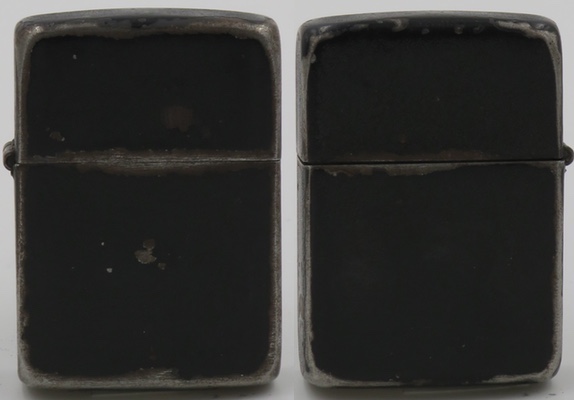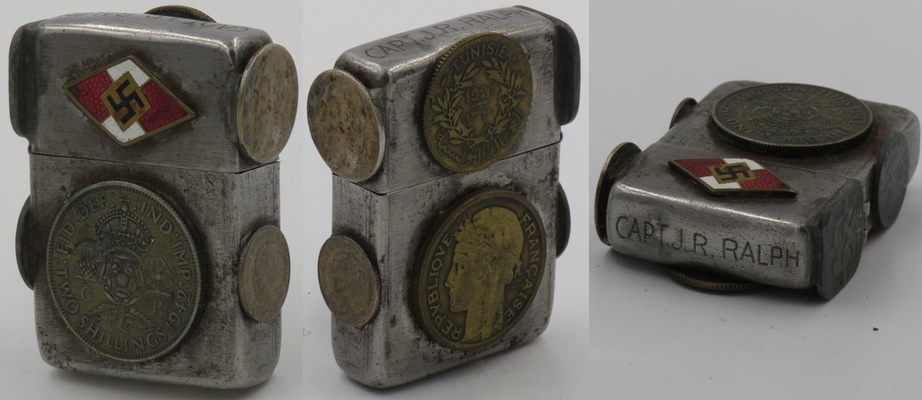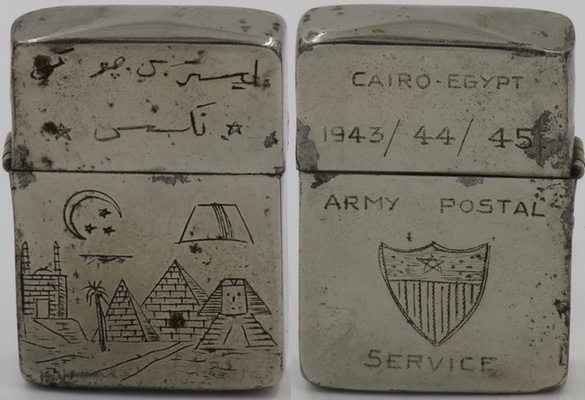During World War II, Ernie Pyle, a famous war correspondent covered America's involvement in the war. His readership was worldwide, with his column appearing in 400 daily and 300 weekly newspapers. He journeyed to England in 1940 to report on the Battle of Britain. In 1942 he began covering America's involvement in the war, reporting on Allied operations in North Africa, Sicily, Italy and France. Ernie Pyle was also a Zippo fan. In 1944 he wrote: "The Zippo lighter is in great demand on the battlefield … truly believe that the Zippo lighter is the most coveted thing in the army."
The American campaign against the Japanese on Okinawa still raged in early 1945 when Ernie Pyle was reassigned to the Pacific theatre. While making preparations for a major mission, a young officer asked Pyle if he knew what was up. Pyle knew but wasn't talking, so he asked the young man for his Zippo lighter. He scratched on the bottom of the lighter, gave it back to the officer and said, "Stick this in your pocket, and promise not to look at it until the orders are opened." Later, when it was announced that theoperation orders were opened, the young officer took the Zippo from his pocket. Scratched on the bottom was one word: "Tokyo", the objective of the mission.
Ernie Pyle left the USS Cabot at the end of February 1945. In April, he went ashore with the Marines on Okinawa. and was killed by a sniper's machine-gun bullets on April 18, 1945." A few months after his death, George Blaisdell sent a couple of hundred black crackle Zippos engraved with the words "In Memory Ernie Pyle 1945" as gifts to the crew of the USS Cabot
See also MILITARY, VIETNAM WAR, MISSOURI SURRENDER and NAVY Zippo Pages






























